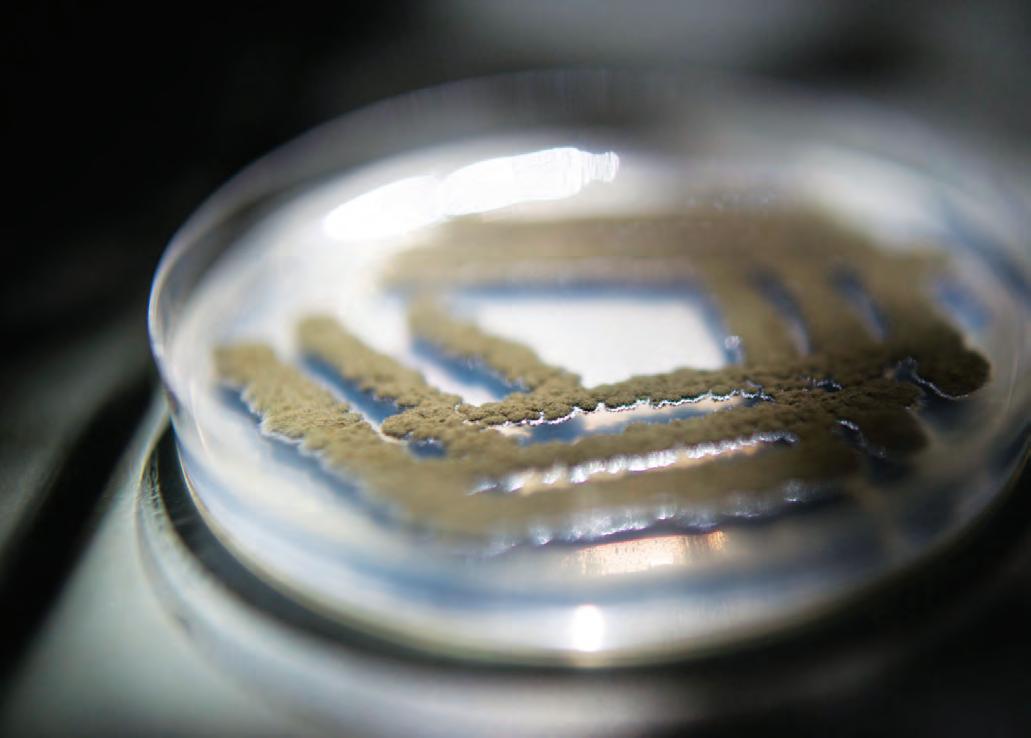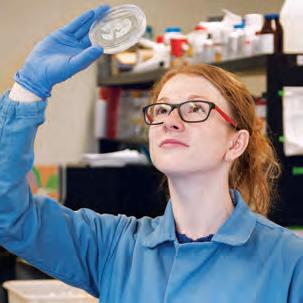
1 minute read
SPORE TREK II
BROAD SPECTRUM
SPORE TREK II
Eight species of fungi that survived the Chernobyl nuclear disaster are now showing if they have the right stuff to thrive among the stars, thanks to a USC School of Pharmacy venture with NASA’s Jet Propulsion Laboratory (JPL) and the Lawrence Berkeley National Lab. The mission, dubbed BRIC-NP (Biological Research in a Canister–Natural Products) examines if the organisms can produce novel compounds that could be beneficial for medical or agricultural purposes.
“We want to see if they actually make new compounds in space,” Professor Clay Wang, one of the project’s leaders, told Popular Science.
The experiment launched on July 18 aboard a Falcon 9 rocket from Cape Canaveral and docked at the International Space Station on July 20.
The BRIC-NP team includes Kasthuri Venkateswaran, a research scientist at JPL, and USC graduate students Jillian Romsdahl and Adriana Blachowicz. The mission is similar to Micro 10, another USC School of Pharmacy collaboration with JPL that shot spores into space. Since those fungi returned to Earth in May, Wang has worked with a research team to isolate, classify and purify the compounds resulting from the fungi’s reactions to space’s high-radiation, microgravity environment.
Each study looks at different fungal species and holds the potential for future breakthroughs. Two of the fungal species studied in BRIC-NP, Cladosporium sphaerospermum and Cladosporium cladosporioides, use radiation for sustenance.
“[Venkateswaran and Wang’s] goal is to use these impressively resilient organisms to point the way to drugs that could impart similar resilience to humans, such as those getting cancer treatment,” reported STAT.online in October.

USC School of Pharmacy doctoral student Adriana Blachowicz with a spore sample








